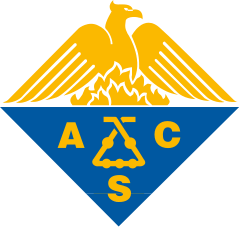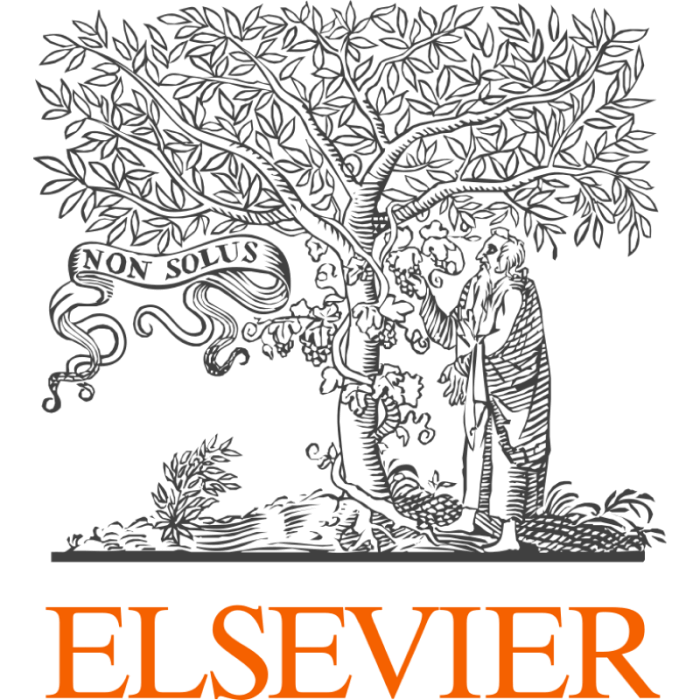Integrating Materials and Manufacturing Innovation
Sputter-Deposited Mo Thin Films: Characterization of Grain Structure and Monte Carlo Simulations of Sputtered Atom Energies and Incidence Angles
Joyce O. Custer
,
M Kalaswad
,
R. S. Kothari
,
P. G. Kotula
,
T. Ruggles
,
A. Hinojos
,
R Dingreville
,
A. Henriksen
,
D. P. Adams
Publication type: Journal Article
Publication date: 2024-12-12
scimago Q1
wos Q3
SJR: 0.742
CiteScore: 5.3
Impact factor: 2.4
ISSN: 21939764, 21939772
Nothing found, try to update filter.
Martin T.B., Audus D.J.
Hofer A.M., Schlacher J., Keckes J., Winkler J., Mitterer C.
Are you a researcher?
Create a profile to get free access to personal recommendations for colleagues and new articles.






